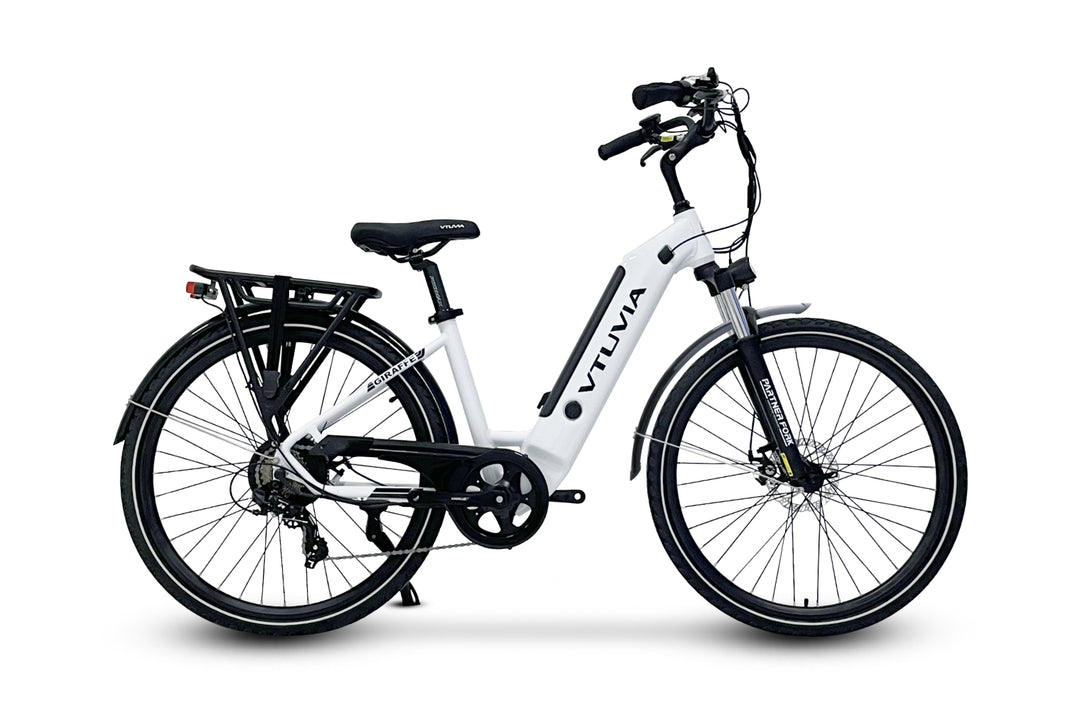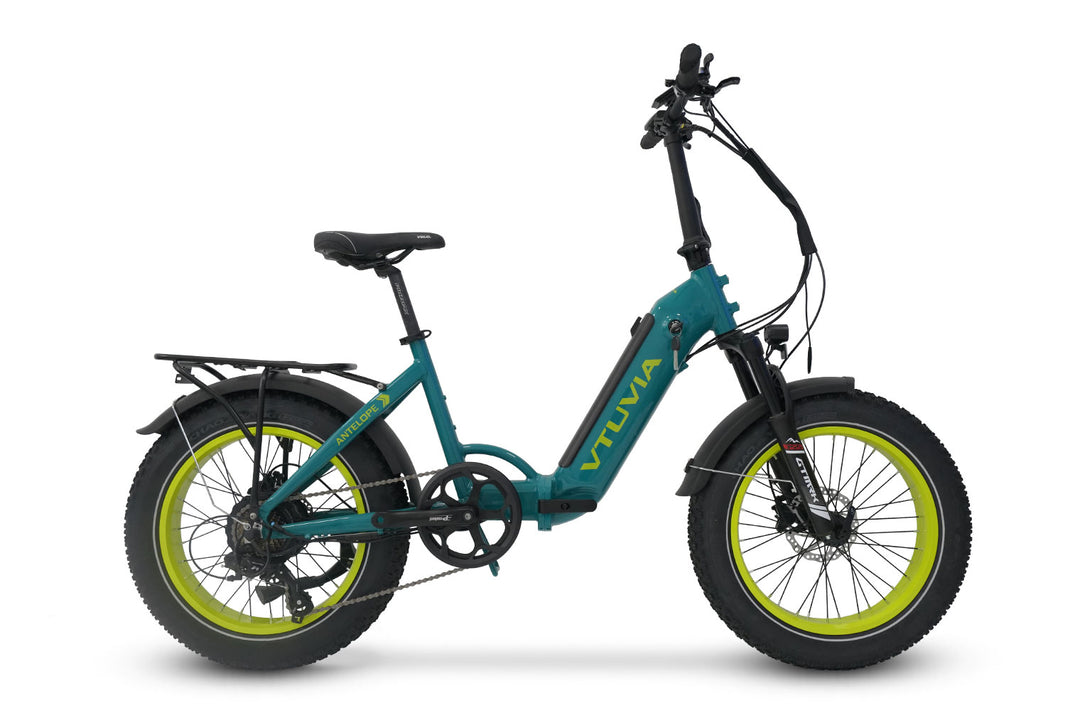Category
Guides & TipsLastest Blog Post
You’re cycling along a quiet country lane enjoying the view and the hum of tyres on tarmac, only for the peace and quiet to be shattered by a loud squealing sound as soon as you pull on the brake levers.
There’s nothing more annoying than squealing brakes. Any unwanted noise from the bike when you’re riding is immensely irritating, but noisy brakes are probably at the top of the list of annoyances.
Why all the noise?
Unfortunately, squealing brakes can be quite common. Besides the annoying noise, squealing brakes can also mean decreased braking performance. Different combinations of braking surface and brake pad can play a part and the conditions can influence the noise your brakes may or may not make.
“Squealing brakes can occur for several reasons, usually, if you have some grease or oil on the brake pad, rotor or wheel rim or the contact between the braking surfaces is misaligned. New brake pads also need to bed-in for optimum performance,” says Shimano.
Disc brakes
The causes of noisy disc brakes are much the same as it is for rim brakes. Again, the most common cause of disc brakes squealing is due to contamination of the rotor or pads. That’s why you have to be very careful when using spray lubricants on a bicycle with disc brakes, probably best to avoid using spray lubes anywhere near a bike with disc brakes.

“Cleaning your rotors or wheel rims regularly with a specific (oil-free) disc brake degreaser is a good way to avoid squealing brakes. Cleaning your pads too can help quieten things down - you can try some sandpaper or grinding the pads - but if the grease has soaked through the pad, you might need to replace them. Don't use a degreaser or chemicals on brake pads, though,” says Shimano.
First, you want to ensure all the braking components and surfaces are spotlessly clean. You can buy dedicated disc brake cleaners and sometimes this can be an instant fix. An alternative and common remedy is isopropyl alcohol. Use it to clean the disc rotors with a small rag. It’s easier to remove the rotor to do this, but you can do it while attached to the wheel.
The disc pads can also become contaminated. Unlike rim brake blocks, it’s not quite as easy to clean pads if they are contaminated, largely because you have to completely remove them from the bike in the first place. Sometimes a bit of scrubbing with sandpaper can remove the top layer of residue and any glazing that has occurred, and this can often work reasonably well, but if it's really bad, you might have to buy new pads. Some people say you can bake brake pads in the oven to cure this problem, but it's not something we've ever tried so can't vouch for its success rate.
The bedding in process with disc brakes is very different to rim brakes and is worth doing properly following installation of new pads. It can make a big difference to the performance. The pads will leave small deposits of material on the disc rotor and the best way to bed in pads is to ride along the street at a decent speed and pull firmly on the brake levers. Repeat this procedure a few time to ensure the discs are adequately bedded in.

The other cause of noise with disc brakes can be down to the caliper not being perfectly lined up with the rotor, or due to a slight bend in the rotor. Disc rotors can bend quite easily, which is why you have to be careful when travelling with the bike in the car or plane for this reason. They can be easily straightened with careful use of an adjustable spanner or a professional tool if you’re feeling flush.
To ensure the rotor is positioned evenly over the rotor, first loosen the two caliper bolts, then while squeezing the brake lever, tighten the bolts. Sometimes this works fine, but sometimes you might need to make some small adjustments by eye - the clearance between the rotor and brake pads is very minimal. You're aiming to have the caliper centrally positioned over the disc rotor with equal clearance either side.
Contact us today to schedule a consultation and get your bike running smoothly again. Click here to learn more about our products.
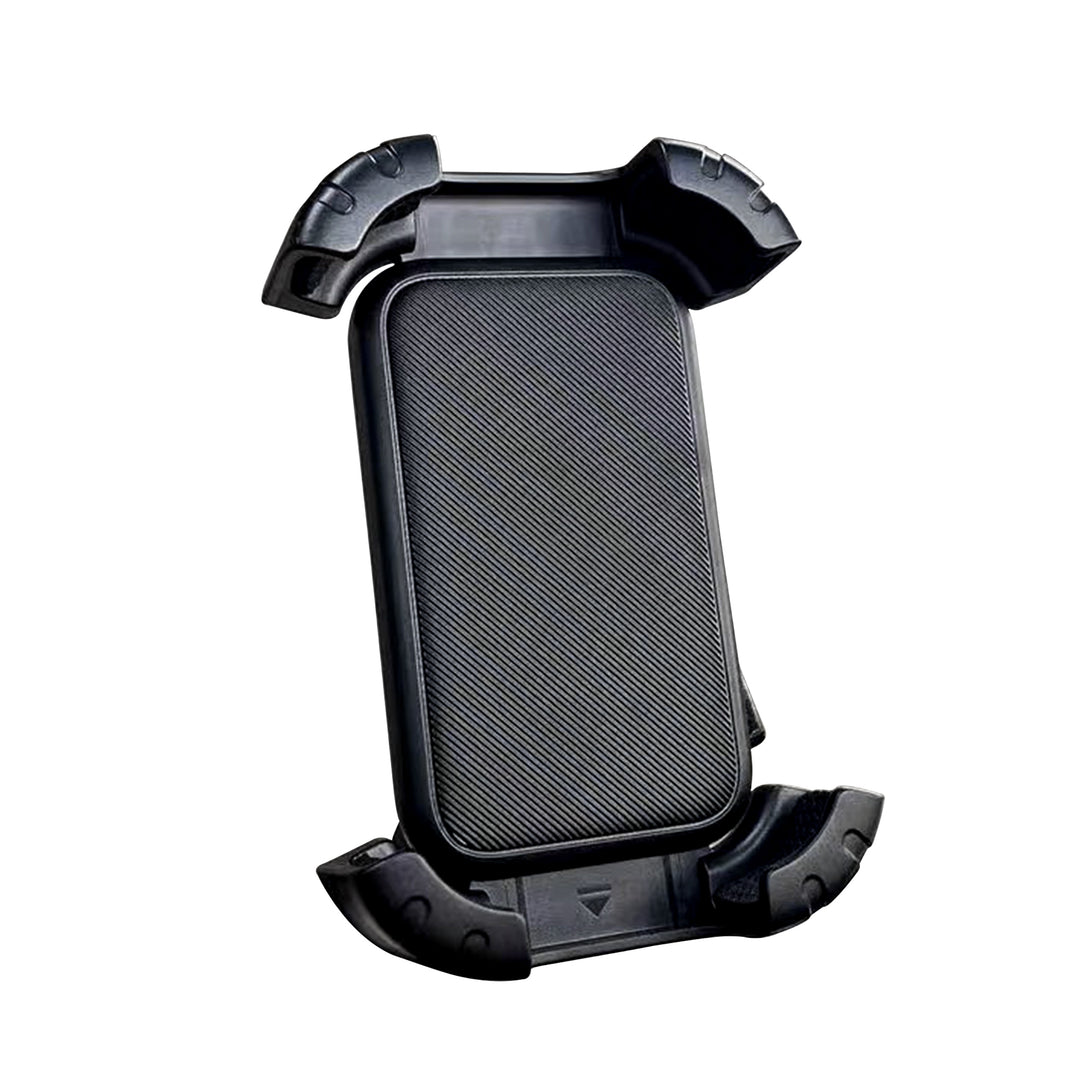
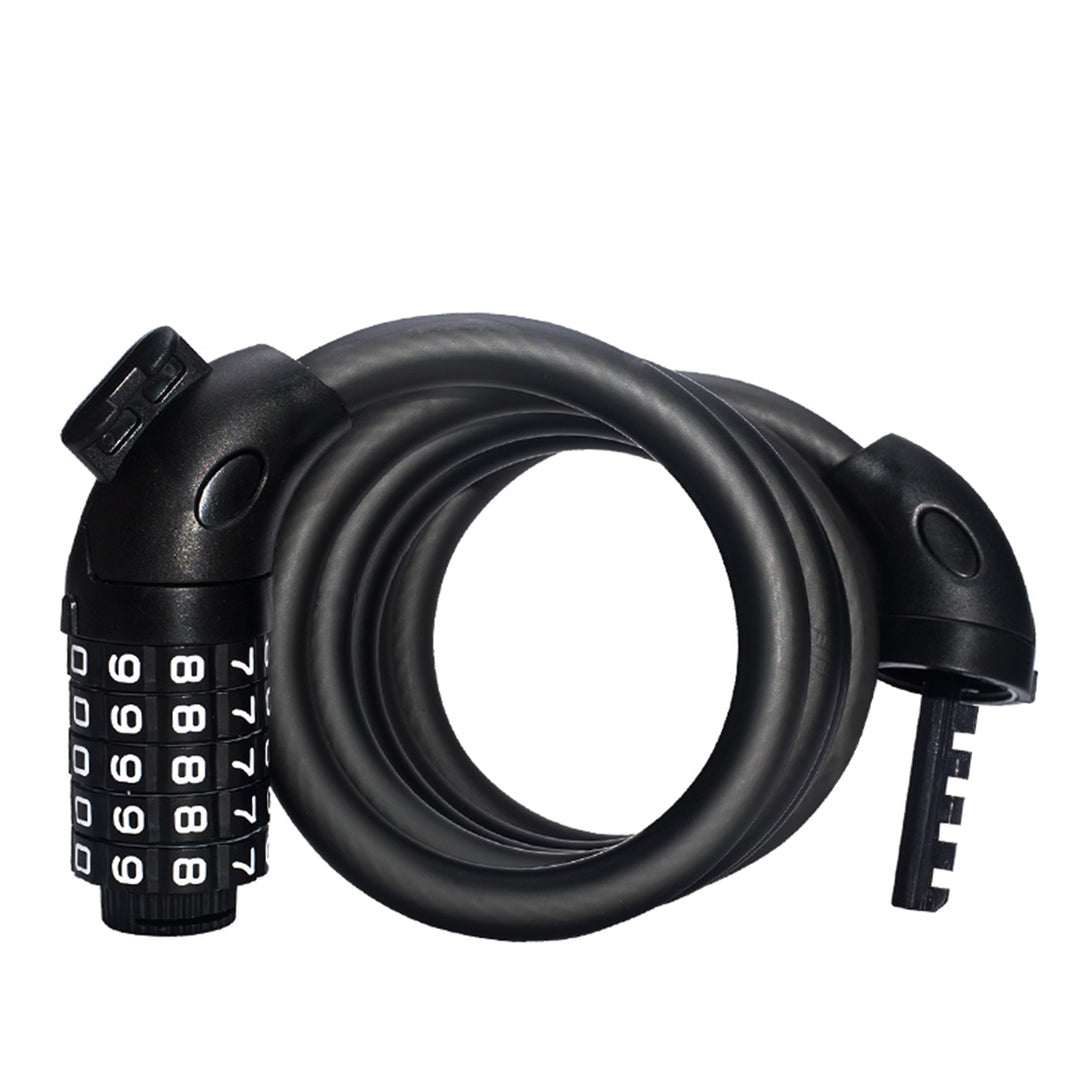
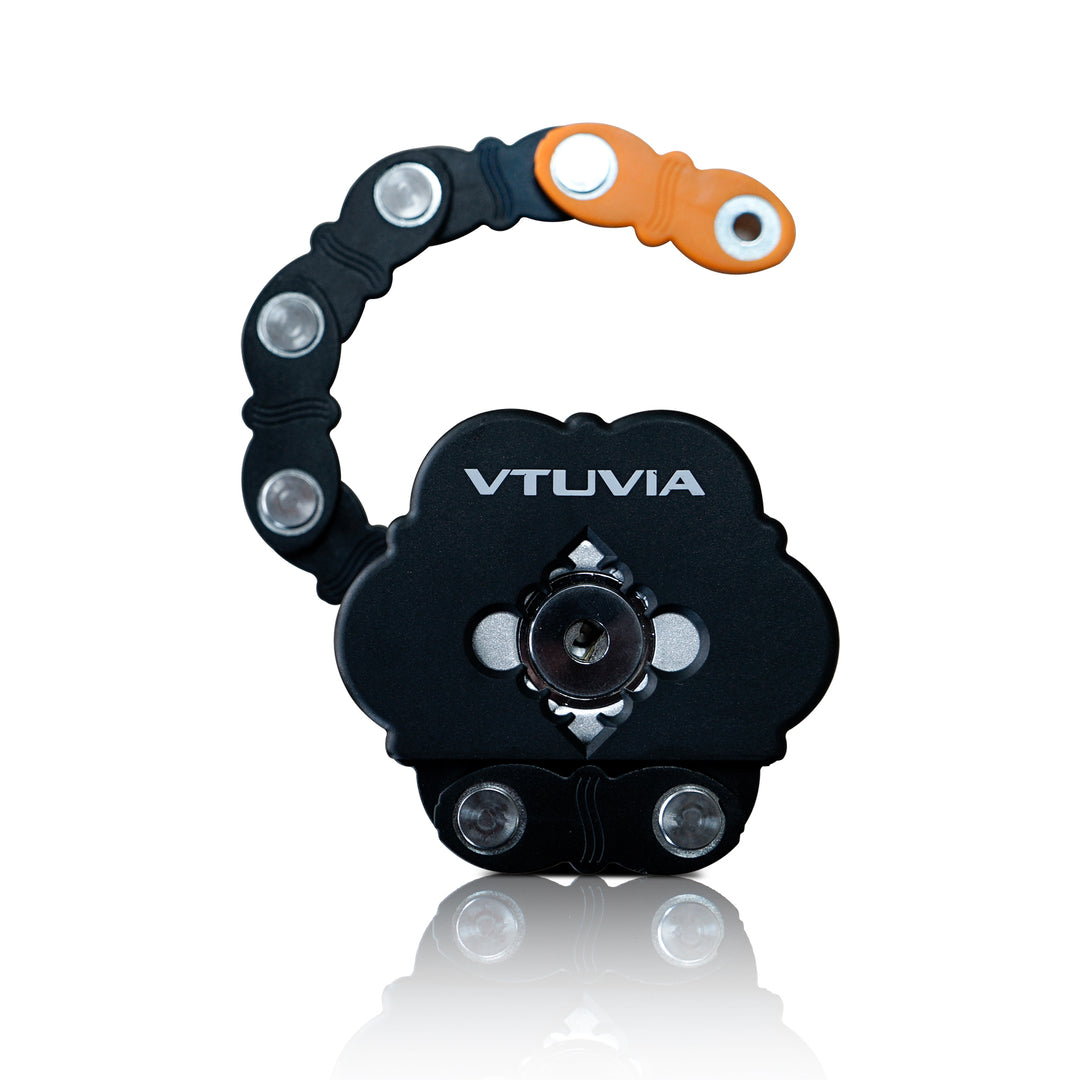
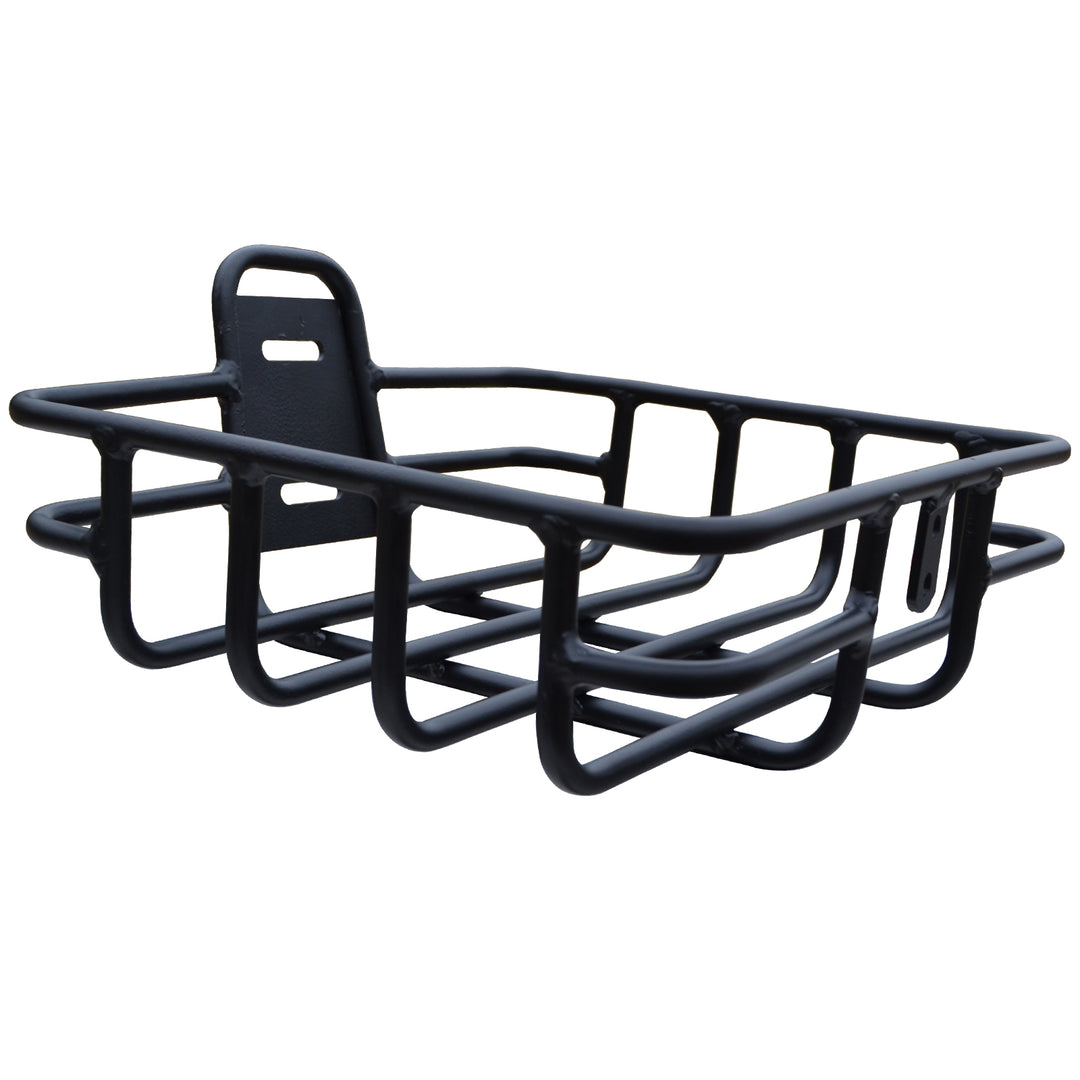
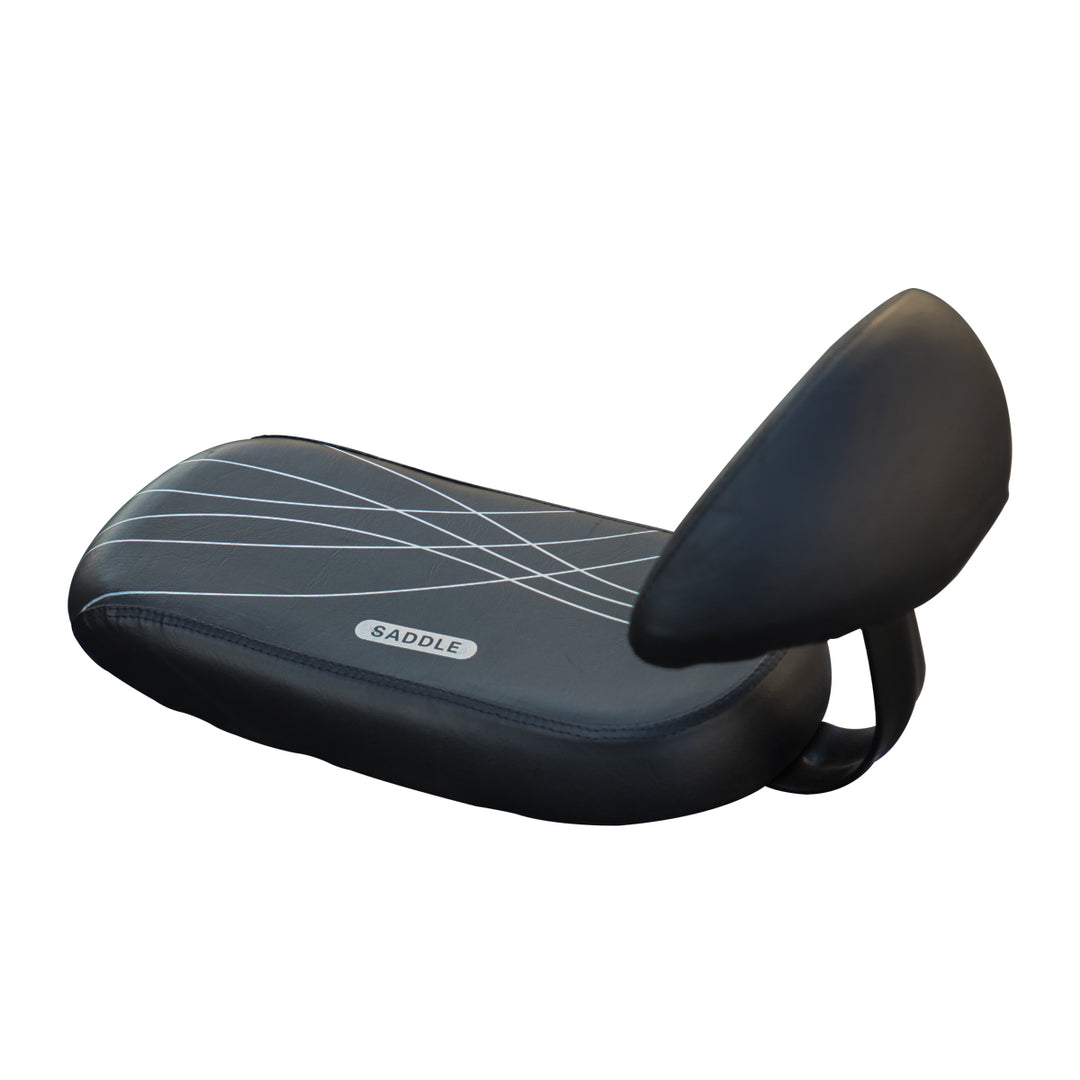
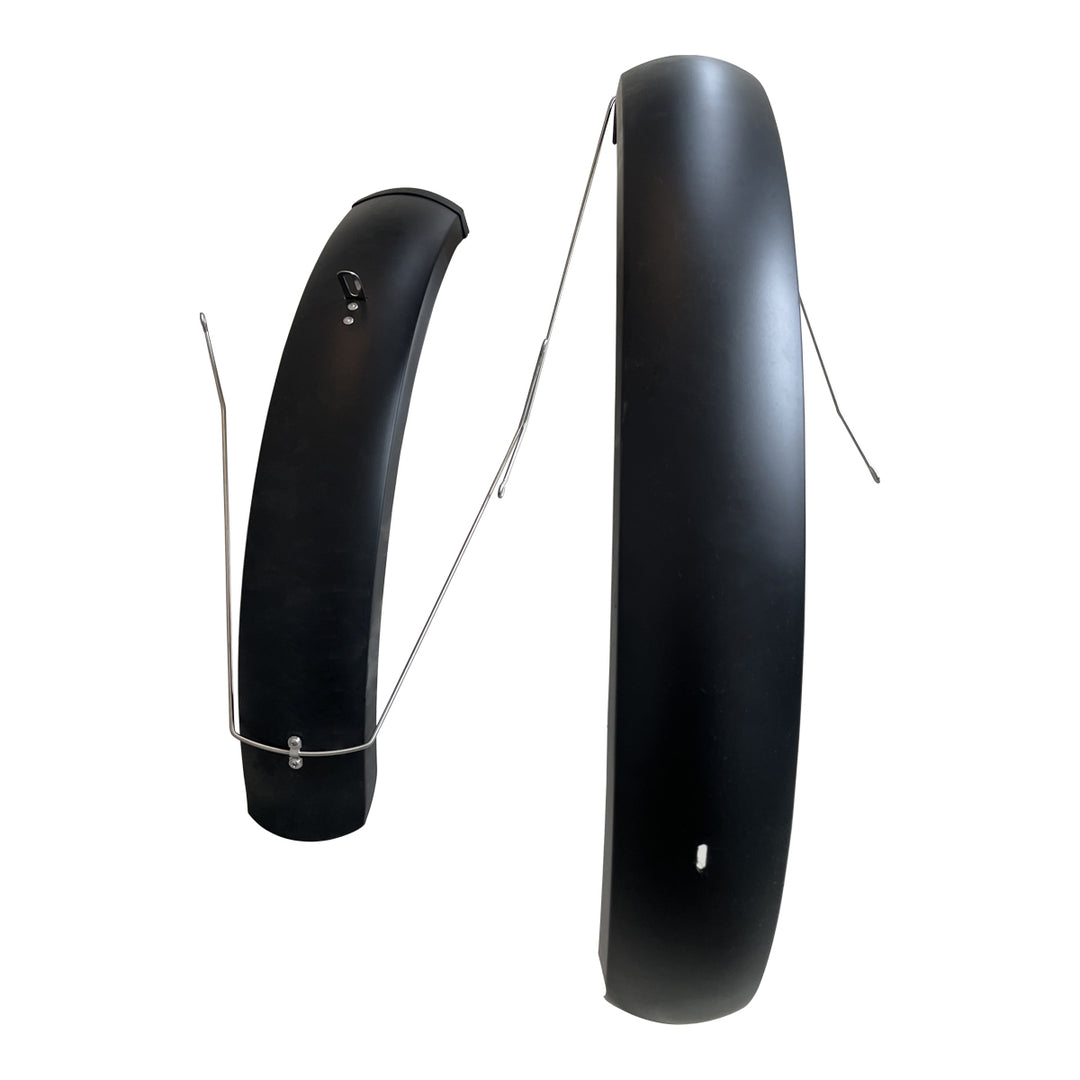
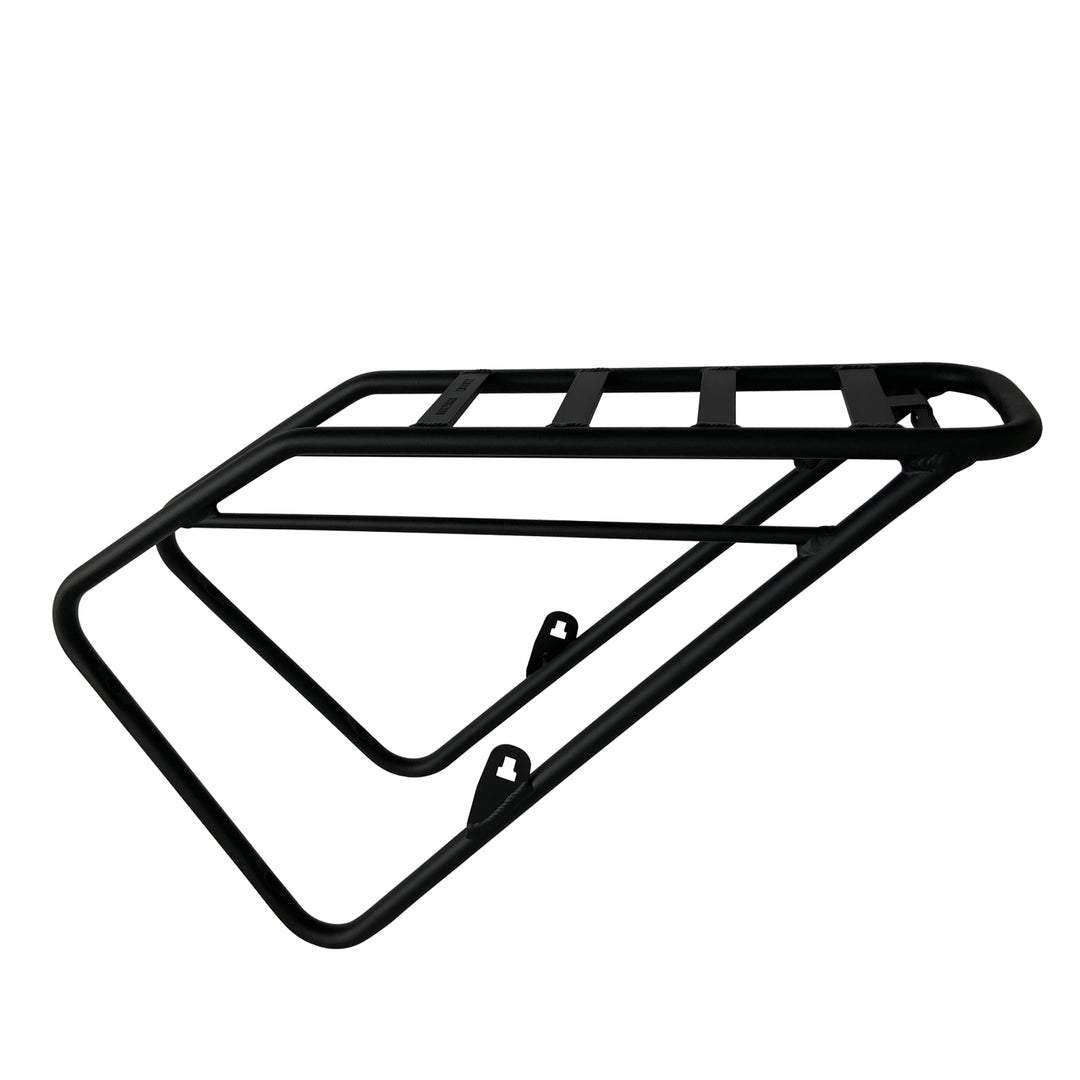
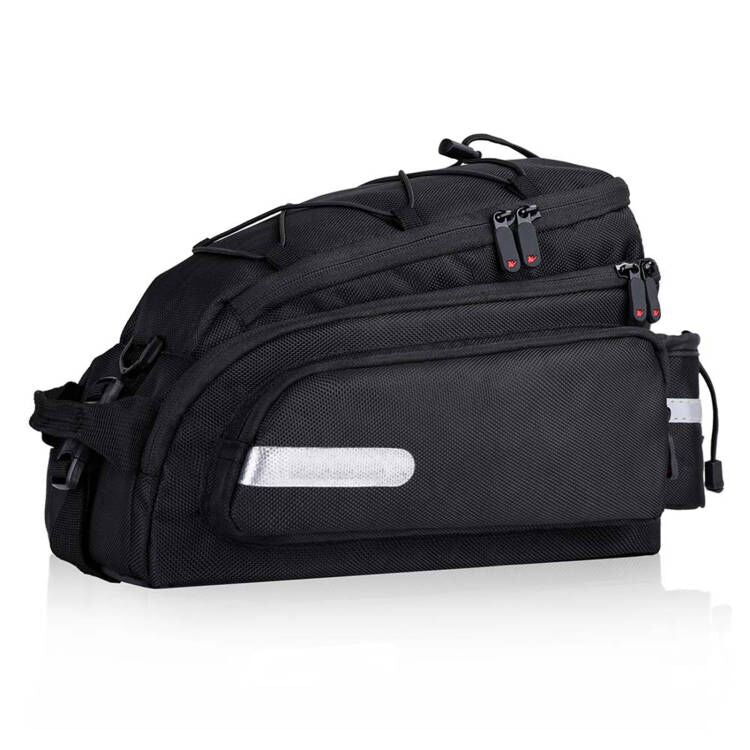


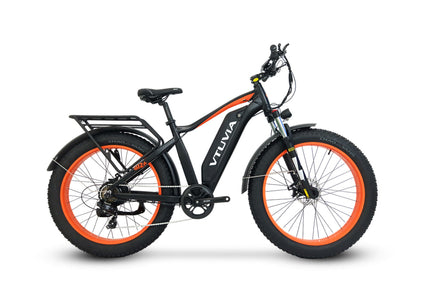 Off Road
Off Road
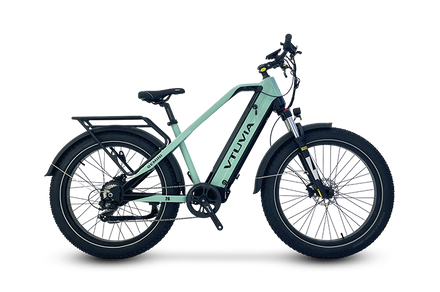 Dual Battery
Dual Battery
 High-Step Electric Bikes
High-Step Electric Bikes
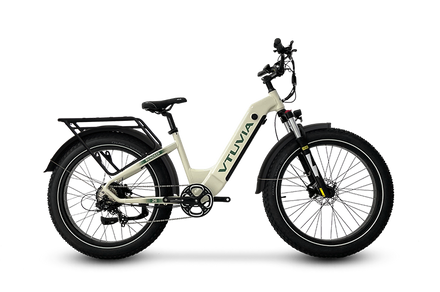 Step-Thru Electric Bikes
Step-Thru Electric Bikes
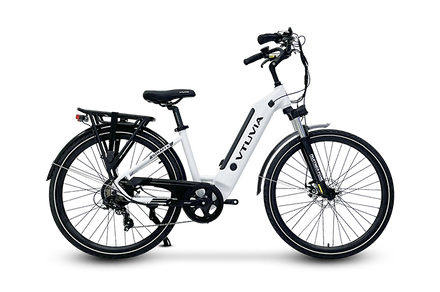 City & Commuter Bikes
City & Commuter Bikes
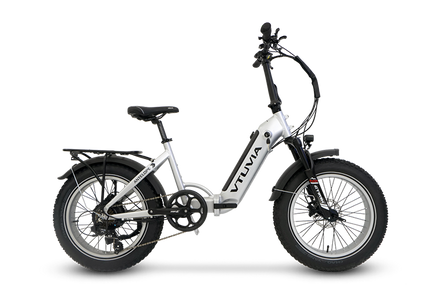 Folding Bikes
Folding Bikes
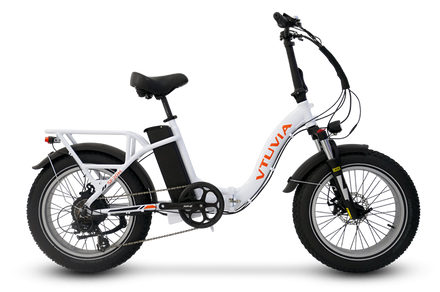 Cargo & Utility Bikes
Cargo & Utility Bikes
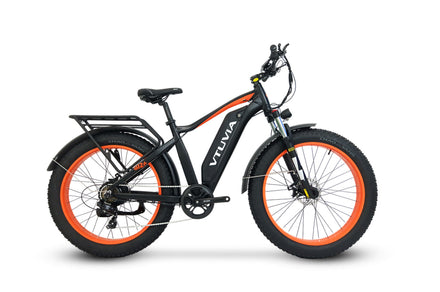 Fishing & Camping
Fishing & Camping
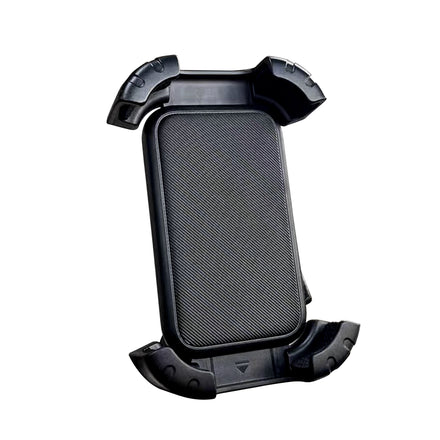 Bike Phone Mount
Bike Phone Mount
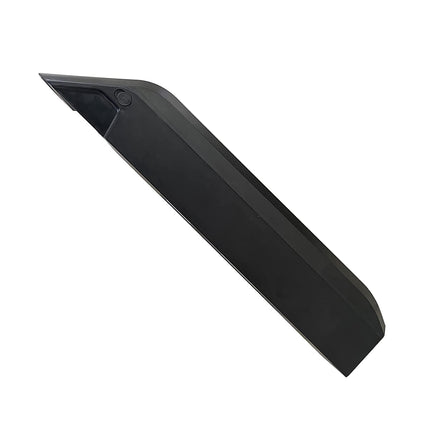 VTUVIA SN100/SJ26 48V 13/15AH Battery
VTUVIA SN100/SJ26 48V 13/15AH Battery
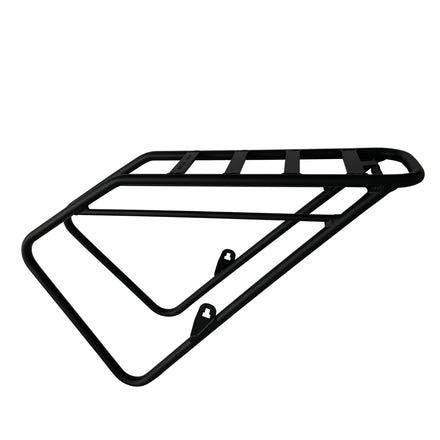 VTUVIA E-Bike Rear Rack
VTUVIA E-Bike Rear Rack
 VTUVIA E-Bike Fenders
VTUVIA E-Bike Fenders
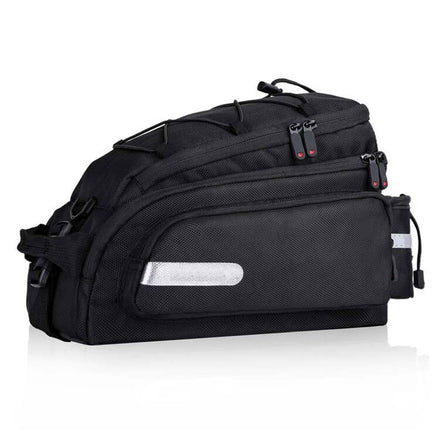 Rear Seat Bike Pannier Bag
Rear Seat Bike Pannier Bag
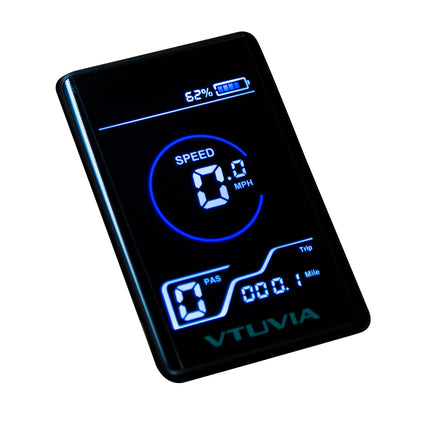 VTUVIA SN100 Colorful Display
VTUVIA SN100 Colorful Display
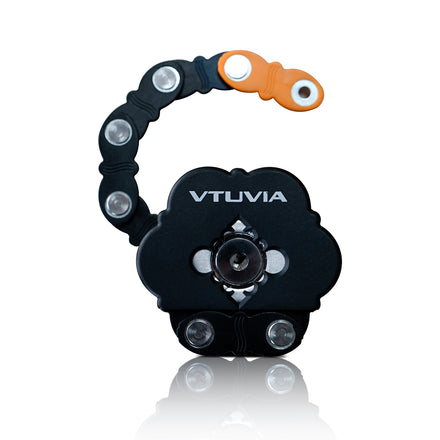 VTUVIA E-Bike Chain Lock
VTUVIA E-Bike Chain Lock
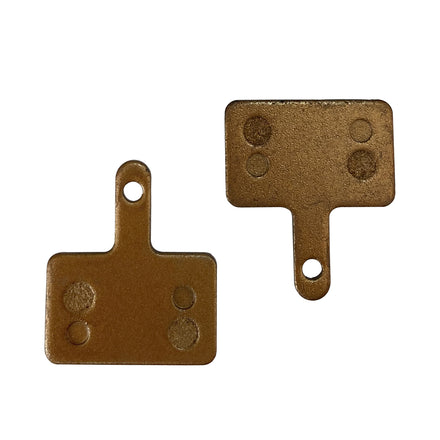 VTUVIA E-Bike Brake Pads (1 pair)
VTUVIA E-Bike Brake Pads (1 pair)
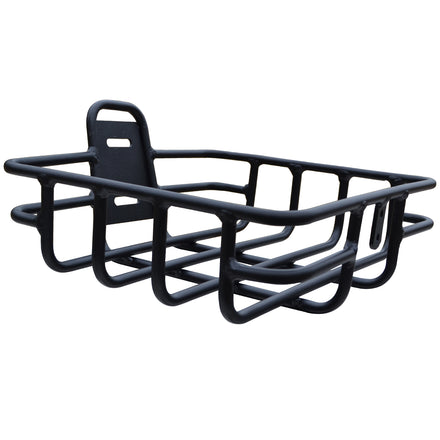 VTUVIA Foldable E-Bike Front Basket
VTUVIA Foldable E-Bike Front Basket
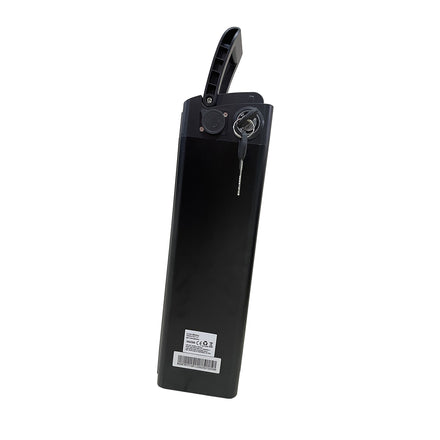 VTUVIA SF20 48V 13/15AH Battery
VTUVIA SF20 48V 13/15AH Battery
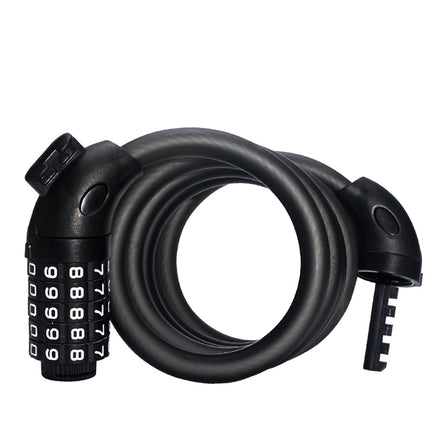 Bicycle Cable Lock
Bicycle Cable Lock
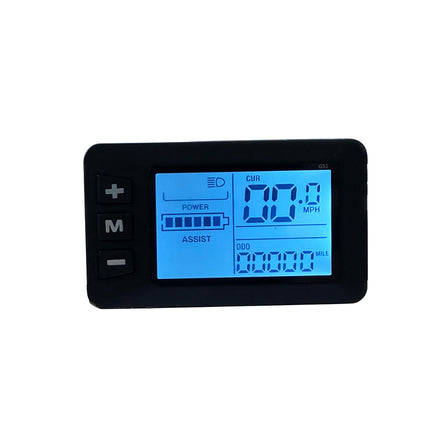 VTUVIA SF20 Display
VTUVIA SF20 Display
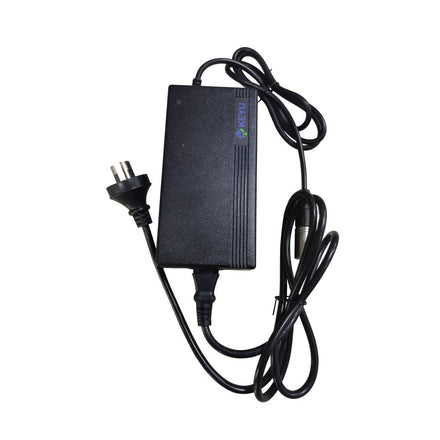 VTUVIA E-Bike Chargers
VTUVIA E-Bike Chargers
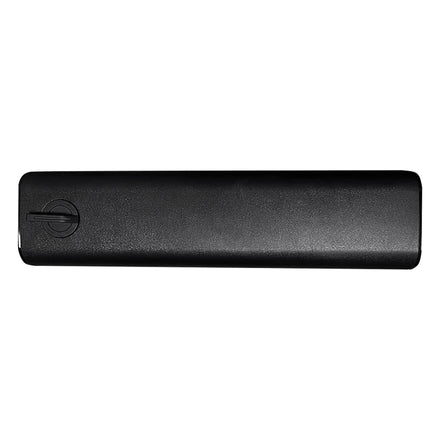 VTUVIA SX20/Reindeer/FMB 48V 14/15AH Battery
VTUVIA SX20/Reindeer/FMB 48V 14/15AH Battery
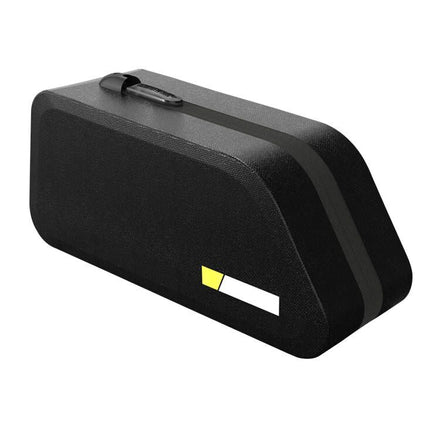 Bicycle Frame Bag
Bicycle Frame Bag
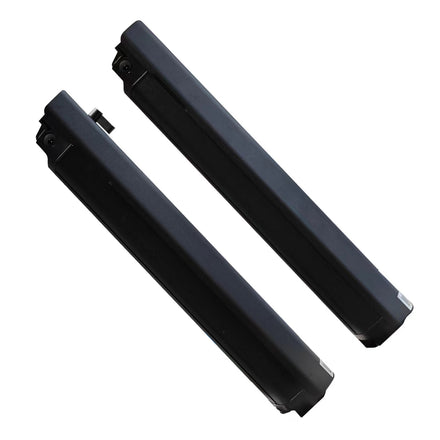 VTUVIA Gemini Battery
VTUVIA Gemini Battery




